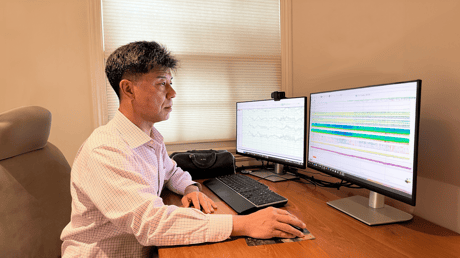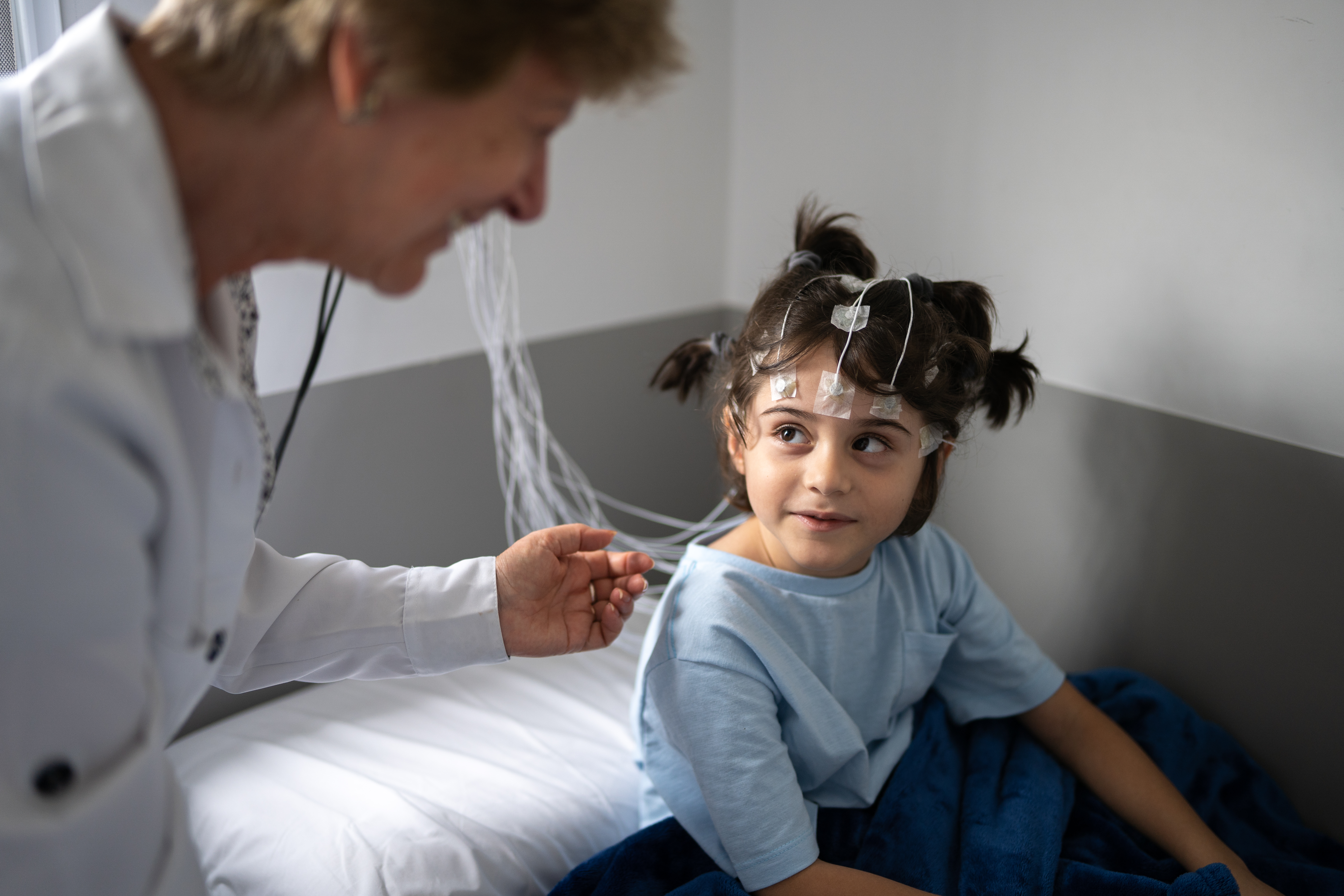 I’ve spent decades caring for children with neurological issues in offices and hospitals. However, I often felt like a critical aspect of my job was missing. What about children who don’t have easy access to a pediatric neurologist in their area? How would they receive the care they need without traveling long distances? The solution is a teleneurology program that serves patients nationwide, regardless of their location.
I’ve spent decades caring for children with neurological issues in offices and hospitals. However, I often felt like a critical aspect of my job was missing. What about children who don’t have easy access to a pediatric neurologist in their area? How would they receive the care they need without traveling long distances? The solution is a teleneurology program that serves patients nationwide, regardless of their location.
That’s the premise of our Pediatrix® TeleNeurology Program, which allows children living in remote or underserved areas to get timely, specialized neurology care without leaving their communities.
By eliminating geographical barriers, our teleneurology program enables early intervention and diagnosis of pediatric neurological conditions. Prompt detection and treatment can significantly improve outcomes and prevent potential complications.
For families, pediatric teleneurology saves time, reduces stress and minimizes the financial burden associated with travel.
One Child’s Teleneurology Experience
I recently had a young patient born with a genetic disorder predisposing him to heart beat irregularities and seizures. He’s in grade school and was experiencing episodes that would cause him to turn blue and become unresponsive. He couldn’t explain what was happening during or leading up to the episodes because of his developmental delay, but his parents believed the episodes were seizures.
An electroencephalogram (EEG) suggested that his issues were probably not seizures. The episodes, therefore, were thought to be fainting episodes due to a heart condition, and he was referred to a pediatric cardiologist who was considering an invasive cardiac electrophysiology procedure.
Still, his parents thought he was having seizures. One night when he had the next episode, they immediately took him to the emergency department (ED). The ED doctor contacted me, and because the patient’s episodes usually occurred in clusters, meaning he could potentially have a few more within a short period, we ordered a STAT video-EEG. We had a brief window of opportunity to capture and interpret these episodes.
A video-EEG is a valuable diagnostic tool that combines brainwave monitoring with video recording to provide comprehensive information about brain function and behavior, particularly regarding seizures and epilepsy. The EEG measures the brain’s electrical activity through electrodes placed on the scalp and displays it on a monitor as stacks of wavy lines.
We needed to perform the video-EEG as soon as possible to capture any subsequent spells. The hospital team was quickly assembled, and the electrodes were promptly placed on his scalp. We captured three more episodes that night and confirmed he was having seizures.
Because I live on the West Coast and the patient lives in the Midwest, we connected via video conference for an in-depth discussion with the parents and examination of the child in real-time. During our discussion, the parents provided additional details of the episodes that further corroborated the events as seizures. It wasn’t necessary for me to be at the bedside to get to the root of this child’s neurologic condition and put a treatment plan in place.
Now that we had a definitive diagnosis, we prescribed an antiseizure medication for him and were able to avoid unnecessary invasive medical procedure and treatment.
That’s one example of how our teleneurology program collaborated with the local medical team to change a child’s life while keeping him and his family close to home. We provided care where time was of the essence, but distance was a nonfactor.
Our goal is to provide specialized teleneurology services to children across the nation who don’t have local access. Our program affords this level of expertise and care to patients and families regardless of their location.
Pediatrix TeleNeurology Program Benefits
Pediatrix TeleNeurology promotes multidisciplinary collaboration among health care providers through teleconferencing and remote EEG monitoring. This enables pediatric neurologists, hospitalists, intensivists, nurses, EEG technologists and other specialists to coordinate care.
Enabling an ill child to stay close to home reduces stress for parents and caregivers who would otherwise have to leave their families and miss work to accompany their child to a hospital that could be hundreds of miles from home.
Our teleneurology program provides interactive tools and educational resources that actively engage patients and their families, empowering families to participate in the management of their child’s neurological condition and arming them with knowledge.
Timely access to specialized neurological care through pediatric teleneurology can improve health outcomes for children with neurological disorders. Early intervention, effective treatment plans and regular monitoring can reduce complications, improve quality of life and enhance overall well-being.
Read “New Pediatrix TeleNeurology Program Helps Hospitalized Infants and Children” to learn more about our teleneurology program.
